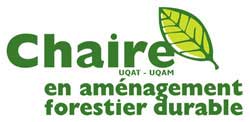Assessing lead (Pb) and cadmium (Cd) concentration in tree rings may provide historical records of environmental contamination, capturing temporal changes and spatial distribution. This study examined heavy metal (HM) bioaccumulation in tree rings to assess the impact of smelting activities using urban trees. Tree rings from urban conifers were collected within a 5 km radius of the smelter to estimate spatiotemporal trends of Pb and Cd concentrations, evaluating the outcomes of contamination reduction measures and interspecies bioaccumulation patterns. Pb isotopic ratios (206Pb/207Pb, 208Pb/206Pb) were also measured to evaluate the Pb origin. Results showed no clear spatial pattern in relation to distance to the smelter, which may be due to the small sampling area. However, Cd bioaccumulation in urban pine was 4 to 7 times higher than in the distant site, 80 km away, indicating a local impact of industrial contamination in the urban area. Temporal analysis for pine showed a decrease of 0.27 mg/kg Cd (47%) between 1990 and 2020, reflecting the potential influence of contamination-reducing measures, while Pb concentrations in pine were 2.7 times higher (increased by 0.06 mg/kg) for the same period. Pine bioaccumulated more Cd than spruce, while spruce accumulated higher levels of Pb compared to pine. Isotope measurement confirmed that the copper smelter is the primary source of Pb. These findings underscore the complex nature of HM uptake in urban trees and suggest that further research is needed to understand the spatiotemporal effects on HM bioaccumulation patterns and which species are best suited for phytoremediation.

